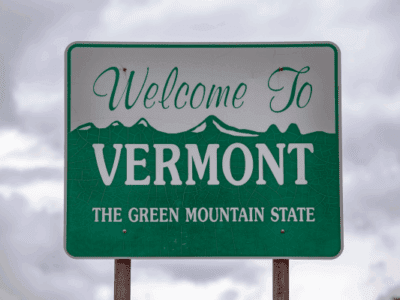The Implementation Gap
What lawmakers expect isn’t necessarily what happens — sometimes for better, often for worse.
The public drama revolves around efforts to make and unmake environmental regulations. But as we all know, what statutes and rules say isn’t necessarily what happens on the ground. Often, the result is that environmental goals are frustrated. Deadlines are missed, standards are ignored or fudged, or enforcement efforts misfire. The result is incomplete implementation, falling short of the statutory mandate. We’re all familiar with the results, including illegal conduct by firms that goes unchecked or deliberate political obstruction by agencies. But, more rarely, the gap between the rules on the book and the real world can be a positive thing when creative methods are found to achieve statutory goals.
Studies of regulatory compliance show that violations of permits and regulatory standards are frequent though not necessarily substantial in every case. There’s a lot of diversity among states, with some states being far more prone to poor compliance. Presumably this is due to weak enforcement. Regulators themselves are often out of compliance with statutory deadlines or fail to live up to their commitments about matters such as frequency of inspections. Citizen suits provide one mechanism for back-stopping weak government enforcement — a mechanism that will be increasingly important while Trump is in office. For regulators that do care about compliance, there have been a number of interesting and innovative developments, such as the use of Big Data to help identify potential violators.
How relevant is this in the Trump era? Trump’s proposed budget allegedly “[a]voids duplication by concentrating EPA’s enforcement of environmental protection violations on programs that are not delegated to States, while providing oversight to maintain consistency and assistance across State, local, and tribal programs.” This suggests that there are at least some areas where the Administration does want to pursue enforcement. But the Administration’s primary focus is on offloading a great deal of enforcement onto the states. Some states will respond with shrugs, having little interest in environmental enforcement to begin with. Other states that do put a priority on environmental protection will need to find ways to improve the efficiency of their enforcement efforts. In both settings, regulators will benefit from considering improved enforcement methods, such as the use of Big Data and modernized monitoring equipment.
On occasion, the gap between expectations and implementation can actually be a good thing. Sometimes a statutory scheme turns out to be impractical or unsuited to an unexpected problem. Creative responses by regulators and other stakeholders can help deal with those situations. For instance, when the Clean Water Act’s original provision dealing with toxic chemicals proved unworkable, EPA entered into a consent decree with a more practical approach, which Congress later incorporated into amendments to the law. Given the Trump Administration’s hostility to environmental protection, it seems unlikely that they will seek more creative ways to clean up the environment. But we can always hope.
The gap between rules and reality hasn’t gotten received enough attention from scholars or commentators. Today, with a new Administration taking over in Washington, the topic is timelier than ever. This article provides some additional analysis of the implementation gap and the problems it raises. But there is much more to be said on the topic. Fortunately, legal scholars and social scientists, along with agency officials, are beginning to dig more deeply into implementation issues.







Reader Comments